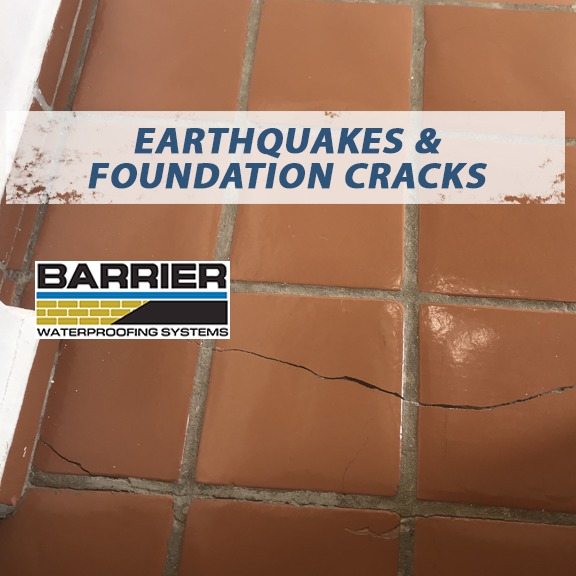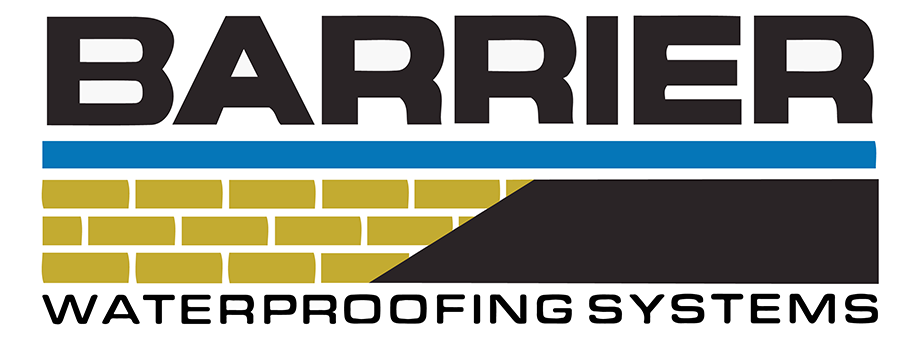You probably wouldn’t imagine that your house is up against “mini” earthquakes, but it’s true! They are, however, the more common type of earthquake, which may put to rest any fears you might have of those catastrophic ones. These mini earthquakes can range from slightly noticeable to causing a moderate amount of damage in a localized area.
In Tennessee alone, there were over 175 earthquakes in 2019, with some of them causing a significant amount of damage to homes. What does this mean for your foundation? And what do you do when your foundation has been impacted by an earthquake? If earthquakes have presented themselves in your area before, these are questions you probably want to be answered. After all, it is worth knowing the risks to your home’s structural foundation.
Most small quakes, or “tremors”, are small enough to leave you and your home in peace. Though like with most things, the stress of multiple quakes can pose a problem, as the concern can add up over time.
Below are some signs of possible, and hopefully repairable damage you can look for in order to decide if you need a professional inspection. Be sure to look for signs of compromising in your foundation’s stability, or whether or not your house has shifted on its foundation. These situations are dangerous and require a prompt full inspection by professionals.
Exterior Cracks
The most obvious and prominently mentioned form of foundation damage are foundation cracks. Note any new or problematic cracks upon checking the outside perimeter of your foundation. Weaker areas like porches and stairs expose cracks more easily.
The most obvious sign of damage after an earthquake is foundation cracks. Check the outside perimeter of your foundation and note any new or problematic cracks. Be sure to check especially around weaker areas like porches and stairs.
A good rule of thumb is that, if it is wider than ¼ of an inch, it could indicate foundation damage that needs to be looked at by a professional. Using a flashlight for investigating cracks to determine how deep they are is very important. If you are able to see all the way to the steel reinforcements, you are seeing a sign of SEVERE foundation damage. In this case, you will need to call a professional immediately!
Sinkholes and large depressions in the ground can also be created by earthquakes, so be sure to check for these as well.
Interior Cracks
Make sure you check for cracks on the inside as well. During your whole house inspection, look for large or new cracks on the windows, doors, walls, in-between fixtures like lights, or in a stairwell. That sudden, unexplained draft might not be a ghost in your home, but can instead be coming from cracks or gaps between building materials. It is also possible to be a sign of a gap in where the floor has pulled away from a stairwell or wall.
Leaning
Let’s be honest with ourselves, if your house is leaning, or appears off-center, you would be best off to run to that telephone and call a professional! A house that has pulled away from the foundation or that has sagging walls that can be seen from a distance, might best merit an inspection.
Misaligned Fixtures and Utilities/Appliances
While you are checking around indoors, be on the look-out for anything that seems “off-center” and out of line. Test your windows and doors: you are testing to see if they are harder than normal to open and shut. Check the pipes and ducts, make sure they are properly connected and that the floors are level. Check to see if the power lines to your house are noticeably sagging, if hot the water heater is leaning or tilted, and that all the water connections, toilets, and faucets are secure.
If anything has moved, you most likely have structural damage to blame.
Broken Blocks
While investigating your foundation, look for broken bricks and blocks (depending on which one your home has). Do you notice any mortar separating from them? Obviously, if your blocks are crumbling, then this is a sure sign of foundational damage that needs further inspection.
Don’t Wait
It’s easy enough to work around a window that’s tough to open from a few foundation cracks outside. Any fissure or misalignment in your home, however, creates the possibility for moisture intrusion. Weather changes can cause the humidity to rise enough to cause mold and rotting, along with even further shifting. If put off too long and no repairs are made, you risk structural failure and collapse. This is especially true if another earthquake happens.
If you know your Tennessee home has experienced earthquake activity, it is best to inspect it for signs of damage. Don’t wait to call an experienced team, like ours here at BARRIER, who can do a professional evaluation along with the necessary foundation restoration and repair. We can help get your house back to a safe state. If you are a homeowner in the middle TN and Nashville area, call Barrier Waterproofing Systems at (615) 257-1060 | (931) 536-1168.

